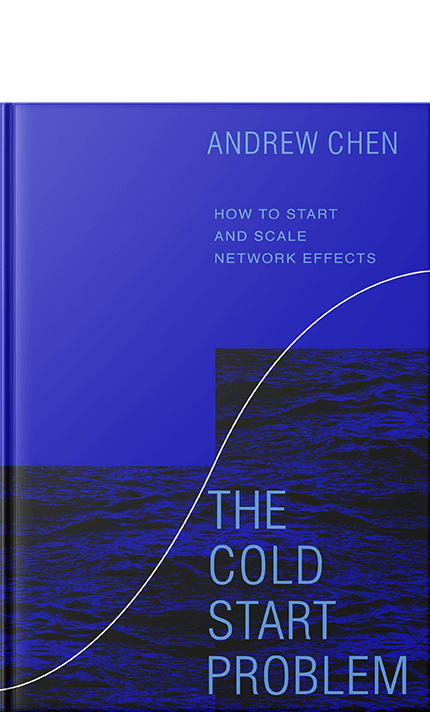Overview
Although software has become easier to build, launching and scaling new products and services remains difficult. Startups face daunting challenges when entering the technology ecosystem, including stiff competition, copycats, and ineffective marketing channels.
Network effects, where a product or service’s value increases as more users engage with it, provide a path for fledgling products to break through, attracting new users through viral growth and word of mouth. Apple, Google, Microsoft, and other tech giants utilize network effects, and most tech products incorporate them, whether they’re messaging apps, workplace collaboration tools, or marketplaces.
Yet, most entrepreneurs lack the vocabulary and context to describe these effects—much less understand the fundamental principles that drive them. What exactly are network effects? How do teams create and build them into their products? How do products compete in a market where every player has them?
The Cold Start Problem provides practical frameworks and principles that can be applied across products and industries—revealing what makes winning networks successful, why some startups fail to successfully scale, and most crucially, why products that create and compete using the network effect have become vitally important today.
A startup executive and investor draws on expertise developed at the premier venture capital firm Andreessen Horowitz and as an executive at Uber to address how tech’s most successful products have solved the dreaded “cold start problem”—by leveraging network effects to launch and scale toward billions of users.
Andrew Chen
The Cold Start Problem









